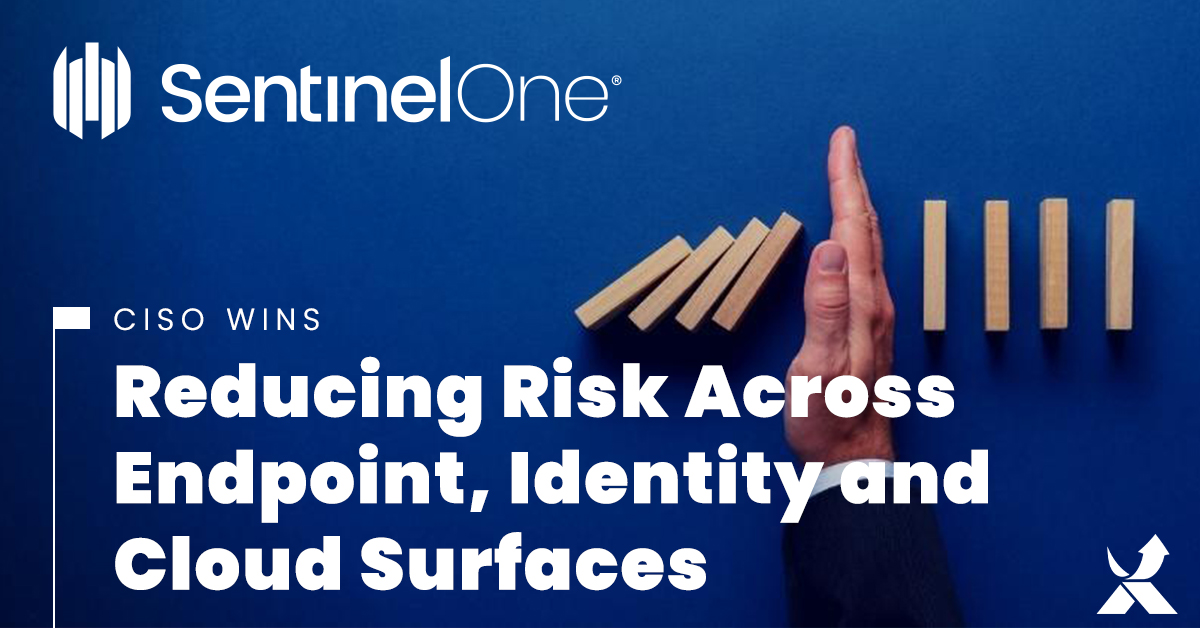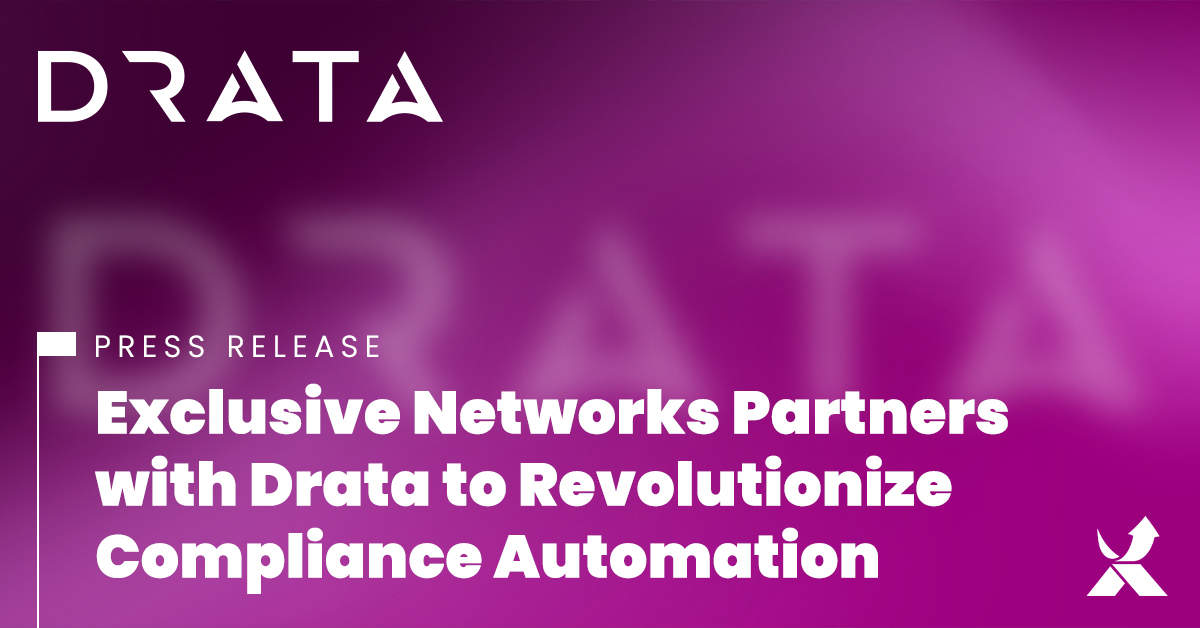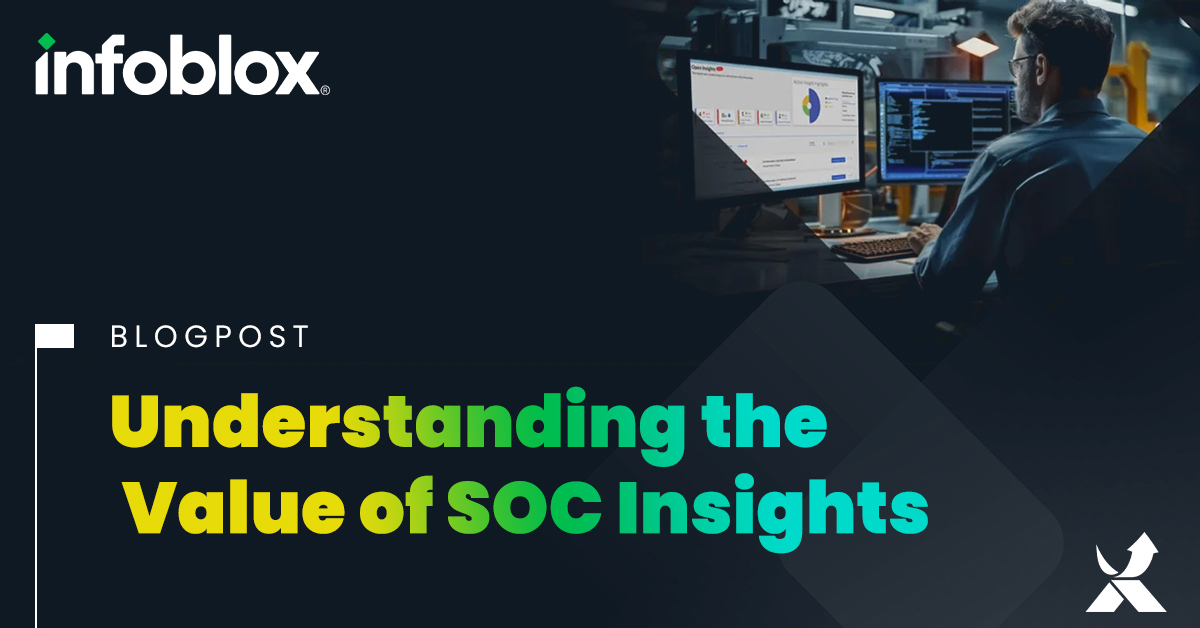
2022 has shown us that the threat of cyberattack has touched every layer of the global infrastructure from small businesses to large-scale enterprises. Even with security solutions in place.
Understanding Adversaries & Attack Surfaces
Threat actors have become more skilled and attack surfaces are widening as businesses thrive in the age of more access, more connections, and more tools. Observing the current threat landscape, three main attack surfaces come to the forefront:
Attacks on Endpoints
The task of endpoint protection has grown more complex in recent years as more organizations adopt remote workers and BYOD (bring-your-own-device) policies, making their defense a priority.
Attacks on Cloud
While cloud services offer many advantages, they also come with new risks. Cloud misconfigurations can easily expose businesses to cyberattack.
Attacks on Identity
Identity-based attacks often involve the threat actor weaponizing legitimate tools and software used by their targeted victim allowing them to move laterally through the rest of the network layers, escalating their privileges, obtaining access to sensitive files, and exfiltrating the data they are after.
Creating a strong security strategy
Improving the organization’s security posture is a long-term play based on three major pillars:
People: Build a Strong Security Strategy & Team
A cybersecurity strategy does not only safeguard people and processes but can also drive new opportunities and increase operational efficiency.
Process: Securing Operations & Workflows
Cyber attackers are the ultimate opportunists, always looking for the path of least resistance in the form of unprotected servers, vulnerable devices, or even third-party vendors that have weak security practices. Implementing identity protection is critical to stopping the misuse
Technology: Prepare to Invest In Tech
When it comes to staying ahead of threats, speed is the differentiating factor – artificial intelligence (AI) and machine learning (ML) both allow enterprises to combat emerging attacks by detecting patterns in real time.
Conclusion
A flexible and skilled security strategy, team, and culture will take enterprises far in the uphill battle against cybercrime. Binding together people, process, and technology is key in taking a smarter, proactive approach to novel threats.
Enterprise businesses trust SentinelOne to help safeguard their critical attack surfaces by fusing together autonomous, AI-driven threat hunting and EDR capabilities.


